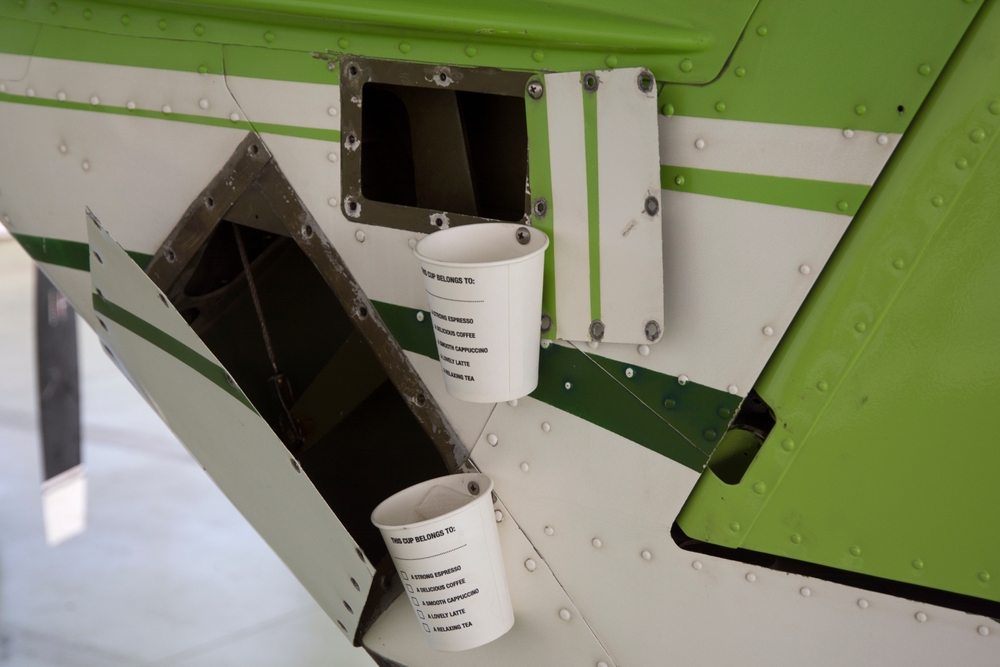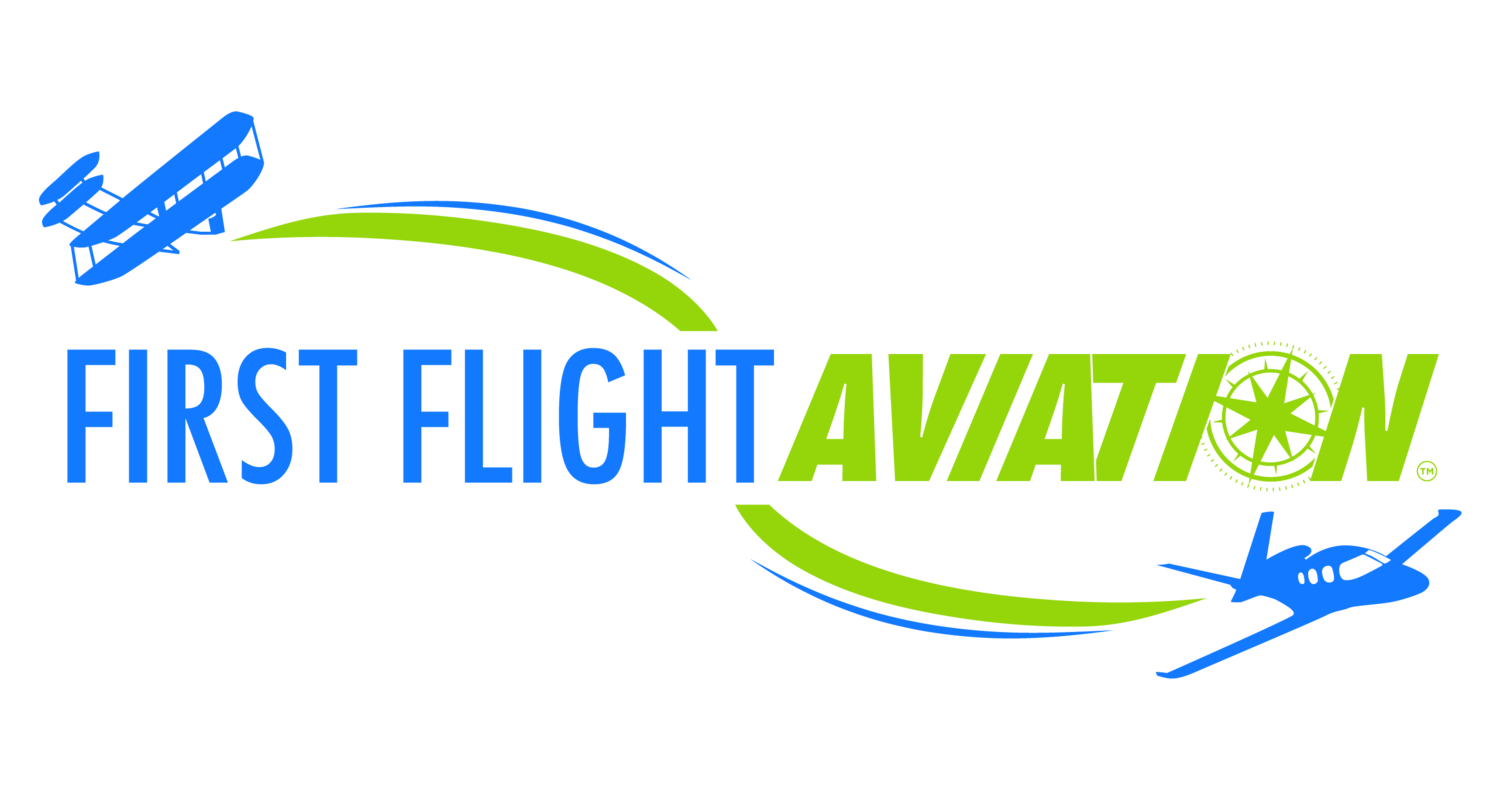
Flying an aircraft offers a sense of freedom that few experiences can match, but it also comes with a serious responsibility to maintain the highest safety standards. For pilots and aircraft owners in Dayton, OH, understanding and complying with the annual aircraft inspection process is essential. This inspection is not just a bureaucratic requirement from the Federal Aviation Administration (FAA); it’s a vital step in ensuring that every flight remains safe, efficient, and compliant with federal law.
Ohio’s aviation community thrives on a shared commitment to safety and precision. Whether you’re operating from Dayton International Airport or a smaller airfield, knowing what to expect from your aircraft maintenance inspection can save you time, money, and potential regulatory headaches.
The Purpose of an Annual Aircraft Inspection
An annual aircraft inspection is a comprehensive review of an aircraft’s airworthiness, required every 12 calendar months under FAA annual inspection requirements. This process ensures that every component of the airplane—from the fuselage to the smallest safety wire—is in proper working order.
The purpose of the annual inspection is to identify any wear, corrosion, or mechanical discrepancies that could affect flight safety. During the inspection, an FAA-certified mechanic or an Inspection Authorization (IA) technician examines the airframe, engine, propeller, landing gear, and all flight control systems. They also review logbooks to confirm compliance with airworthiness directives (ADs) and verify that all required maintenance tasks have been completed.
For pilots in Dayton, OH, this inspection is especially significant due to the state’s variable weather conditions. Seasonal temperature swings, humidity, and exposure to winter de-icing chemicals can accelerate wear on certain components. A thorough annual inspection ensures that your aircraft remains ready for every flight, regardless of Ohio’s unpredictable climate.
What Happens During an Aircraft Maintenance Inspection
An aircraft maintenance inspection is far more than a quick check-up. It involves a methodical, item-by-item evaluation of the aircraft’s major systems. The inspection generally begins with a detailed visual examination of the airframe, where technicians look for corrosion, cracks, loose rivets, or any signs of structural fatigue. The control surfaces, hinges, and cables are also inspected to ensure they move freely and correctly.
The powerplant receives similar scrutiny. Mechanics will drain and replace oil, check for metal particles that could indicate internal wear, inspect cylinder compression, and test the ignition system. Propellers are examined for nicks or imbalance, while engine mounts and exhaust systems are inspected for cracks or leaks.
In the avionics bay, technicians verify the functionality of navigation and communication systems. These components are crucial for pilots flying in and around Dayton’s controlled airspace. Instruments such as altimeters, transponders, and radios must meet FAA calibration standards to ensure accurate readings.
Finally, mechanics review all maintenance logs to confirm compliance with FAA annual inspection requirements. If the inspection reveals discrepancies, the owner must correct them before the aircraft can be legally flown.
This meticulous process can take anywhere from a few days to a couple of weeks, depending on the aircraft’s size, complexity, and condition. While it may seem like a significant commitment, the peace of mind and safety assurance it provides are invaluable.
FAA Annual Inspection Requirements: What Pilots Need to Know
The FAA annual inspection requirements are established under Federal Aviation Regulations (FAR) Part 43 and Part 91. According to these rules, every aircraft operated in the United States must undergo an annual inspection, unless it is maintained under a progressive inspection program.
The inspection must be conducted by a certified Airframe and Powerplant (A&P) mechanic with Inspection Authorization (IA). The mechanic must sign off in the aircraft’s maintenance logbook, stating that the aircraft is airworthy or identifying any items that need repair.
In addition to the annual inspection, certain aircraft—particularly those used for hire, flight instruction, or charter—require a 100-hour inspection. While similar in scope, the 100-hour check is mandated based on flight time rather than the calendar year.
Ohio pilots should also be aware that failing to comply with these FAA annual inspection requirements can have serious consequences. Operating an aircraft without a valid inspection not only violates federal law but also voids insurance coverage in the event of an accident or incident.
Moreover, even minor discrepancies found during an inspection must be addressed promptly. The FAA allows “discrepancy lists,” which detail issues that must be corrected before the aircraft is declared airworthy. For aircraft based in Dayton, working with a reputable local maintenance facility familiar with Ohio’s aviation climate and FAA procedures can streamline the entire process.
Preparing for an Annual Inspection in Dayton, OH
For pilots in Dayton, OH, preparing for an annual aircraft inspection can make a significant difference in both cost and turnaround time. While the mechanic performs the technical work, aircraft owners can take proactive steps to facilitate a smoother inspection.
Before bringing the aircraft to the maintenance shop, gather all logbooks and maintenance records. Ensure that previous inspections, oil changes, and airworthiness directive (AD) compliance entries are up to date. Missing or incomplete documentation can delay the process and result in additional charges for administrative research.
It’s also a good idea to clean the aircraft thoroughly before inspection. Dirt, oil, or debris can obscure potential problem areas, making the mechanic’s job more difficult. In Ohio’s humid environment, paying attention to areas prone to corrosion—such as under floorboards, inside wheel wells, and around battery compartments—can help prevent costly repairs.
Another important step is to discuss any concerns or recurring issues with the mechanic before the inspection begins. If you’ve noticed changes in engine performance, unusual vibrations, or instrument irregularities, mention them early. The more information you provide, the more efficiently the technician can address potential problems.
Dayton’s aviation community offers several reputable maintenance facilities specializing in both general aviation and corporate aircraft. Working with local professionals ensures they understand the region’s unique weather patterns and how they can affect airframe and engine components. Many facilities also provide pre-inspection consultations, which can help owners estimate costs and plan accordingly.
The Value of Regular Maintenance Beyond the Annual Inspection
While the annual aircraft inspection is mandatory, responsible aircraft ownership involves continuous attention to maintenance and care. Routine checks between annual inspections not only help prevent unexpected repairs but also preserve the aircraft’s long-term value.
Ohio pilots should perform pre-flight inspections before every flight, as required by the FAA. These checks include verifying fluid levels, testing control surfaces, and confirming that all instruments and lighting systems function correctly. Any discrepancies discovered during a pre-flight check should be logged and addressed by a qualified mechanic.
In addition, periodic oil analyses, magneto inspections, and propeller balancing can extend component life and improve performance. Aircraft that fly frequently in Ohio’s winter months may also require additional corrosion prevention measures, such as applying protective coatings or hangaring the aircraft whenever possible.
Regular maintenance also contributes to safer flight operations. By identifying potential issues early, pilots can avoid in-flight failures or emergency landings. Moreover, an aircraft with a well-documented maintenance history holds greater resale value. Prospective buyers look for clean logbooks and consistent service records as evidence of responsible ownership.
For Dayton pilots, working closely with a trusted local maintenance facility can make routine care more convenient. Many shops offer maintenance tracking programs, reminding owners when inspections, oil changes, and component overhauls are due. This proactive approach ensures compliance with FAA annual inspection requirements and reduces the risk of last-minute surprises.
Conclusion
For pilots and aircraft owners in Dayton, OH, the annual aircraft inspection is far more than a regulatory obligation. It is a critical process that safeguards both the pilot and passengers while preserving the integrity and performance of the aircraft. Compliance with FAA annual inspection requirements demonstrates a commitment to aviation safety, professionalism, and responsibility.
By understanding what the inspection entails and preparing properly, Dayton pilots can minimize downtime, control costs, and maintain full confidence in their aircraft’s reliability. The aircraft maintenance inspection serves as both a diagnostic and preventive measure, ensuring that every system functions as intended and that no small issue goes unnoticed.
Ohio’s aviation heritage is deeply rooted in innovation and safety—a legacy that continues today through the dedication of pilots who prioritize proper maintenance. Whether flying a single-engine Cessna or a complex multi-engine aircraft, the principles remain the same: meticulous care, thorough documentation, and unwavering adherence to FAA standards.
Ultimately, an annual inspection is not just about compliance; it’s about commitment. Each inspection reinforces the trust between pilot and machine, ensuring that every takeoff from Dayton’s skies begins with confidence and peace of mind.
Need a Fixed-Base Operator in Dayton, OH?
At First Flight Aviation, we share your commitment to safety and excellence in every flight. As a trusted FAA-certified repair station and full-service FBO located at Dayton-Wright Brothers Airport, we provide comprehensive aircraft inspections, maintenance, and repair services designed to keep you flying safely and confidently. Whether you need an annual inspection, avionics support, or expert care for your turbine, jet, or piston aircraft, our experienced technicians are here to ensure your aircraft meets and exceeds FAA standards. Contact us today to schedule your inspection and experience the professionalism and precision that have made us a trusted name in Dayton’s aviation community since 1981.
